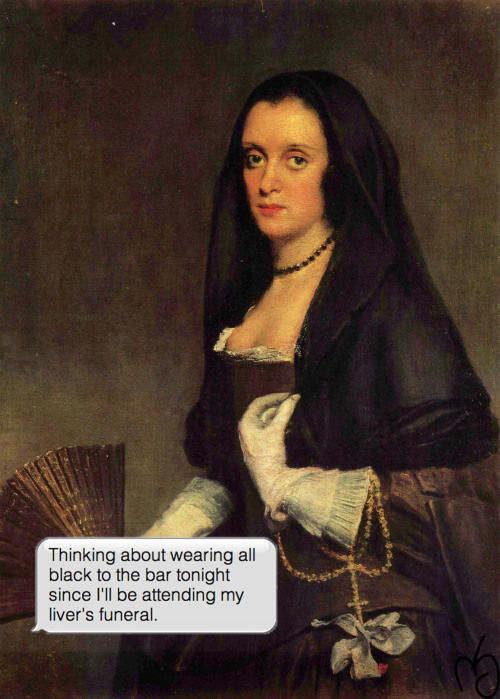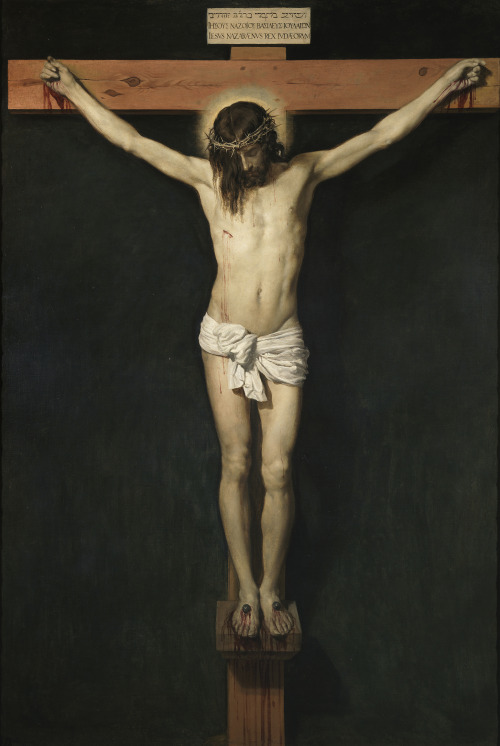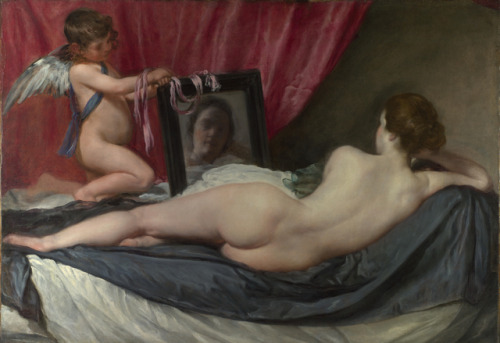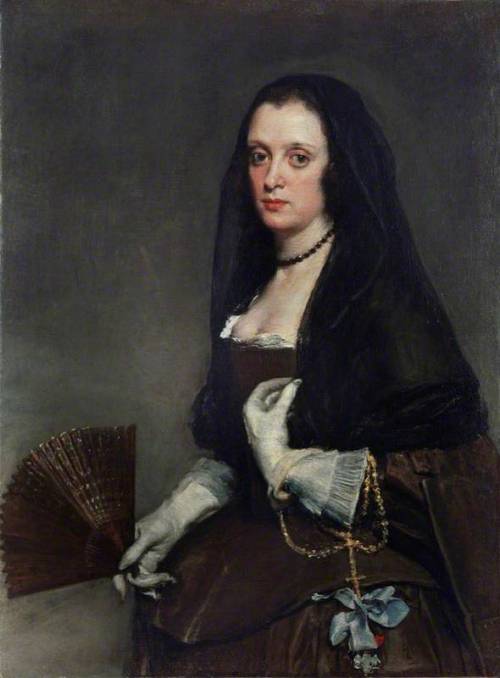#velazquez
House of Worth | ‘Infanta Margarita after Velazquez’ Fancy Dress | c.1897⠀⠀
——⠀⠀
Worth designed this fancy dress costume “Infanta Margarita after Velazquez” for Ms. Kate Brice. She wore it to the Bradley-Martin Ball in 1897. She ordered it by telegram last minute after deciding to attend the ball. The house of Worth made it in 24 hours, with out any sacrifice to quality, so that it could be shipped in time. ⠀
⠀
➡️Swipe to see Ms. Brice in the gown after a night of dancing and the inspiration painting by Velasquez.⠀
⠀
(@ Reference Number 42.146.8A-B)⠀
——⠀⠀
#13daysofhalloween #fashion #style #design #glamour #vintagefashion #art #vintage #historicfashion #costume #couture #halloweencostume #fancydress #halloween #velazquez #infantamargarita #victorianfashion #victorian #houseofworth #charlesfrederickworth
https://www.instagram.com/p/B3zb-HNgG_m/?igshid=1ng74palb14ha
Post link

–Velazquez, Buffoon with Books
Diego Velázquez, Las Meninas, 1656, oil on canvas, 318 x 276 cm, Museo del Prado, Madrid. Source
Another classic work that is referenced frequently in iconographical studies is Las Meninas, or The Maids of Honour, by the Spanish painter Diego Velázquez. The scene shows courtly figures at the Royal Alcazar of Madrid during the reign of Philip IV, whose daughter, the young Princess Margarita Teresa, takes a central role in the composition. She is surrounded by her ladies-in-waiting, a chaperone, a bodyguard, two dwarfs, a dog, and Velázquez himself, who stands behind a canvas to the far left of the painting. What’s strange about this is that the artist is positioned in order to paint the space inhabited by the viewer, though several clues found in the background of Las Meninas help uncover the precise identity of the sitters. A large mirror at the back of the room presents the image of a male and female couple generally understood to be Philip IV and his second wife, Mariana of Austria. Their positioning indicates that they are standing in the same space as the viewer, and so many scholars have proposed that Velázquez is most likely painting a dual portrait of the King and Queen, whilst the Princess and her gathering watch.
Furthermore, the male figure next to the mirror, who is either leaving or entering the space via a staircase, is identified as Don José Nieto Velázquez, the Queen’s attendant, keeper of royal tapestries, and possible relative of the artist. In his essay ‘Las Meninas and the Mirror of the Prince’, Joel Snyder argues that José is included to signal the end of the royal sitting, as one of his duties involved escorting the Queen in and out of rooms. I’ve always thought that perhaps the Princess is being prepared to follow her parents in Velázquez’s painting schedule, in either an individual portrait or as an addition to the portrait of the King and Queen. She had sat for the artist before, and probably posed for the execution of Las Meninas itself, so I like to think that this is a practical suggestion.
Whatever the case, Las Meninas is a complex composition by anyone’s standards. Though a number of observations are considered now to be solid fact, scholars have yet to agree on much of painting’s physical organisation and the stories behind the canvas worked on by Velázquez within the scene. The explanation provided here is certainly not an overall consensus, but it’s about as close as you’ll get. Las Meninas is one of my favourite paintings for this reason, and it’s a great place to start if you are new to the field of art history.
Post link
Autorretrato o_o
Después de unos cuantos días retocando y retocando ahí lo dejo…
Art by Francisco Javier Cruz Domínguez (Javhier Cruz)
https://www.facebook.com/javhiercruz
Post link
With his hand on his chest: A recreation of Velazquez, who serves Jesus Albarran excuse to deepen their vectoricism technique, in this case the figure has been stamped and sewn to the canvas. See more at Xarc Sargantana..
IBIZA ART ARTISTIC ARTISTS ON TUMBLR CANVAS IBIZA GALERIA IBIZAGALERIA IBIZAGALERIA.COM JESUS ALBARRAN VECTOR VECTORISM VELAZQUEZ XARC SARGANTANA DIGITAL DIGITAL ART JESUS SPANISH ART SPAIN ART SPANISH ARTIST
Post link











